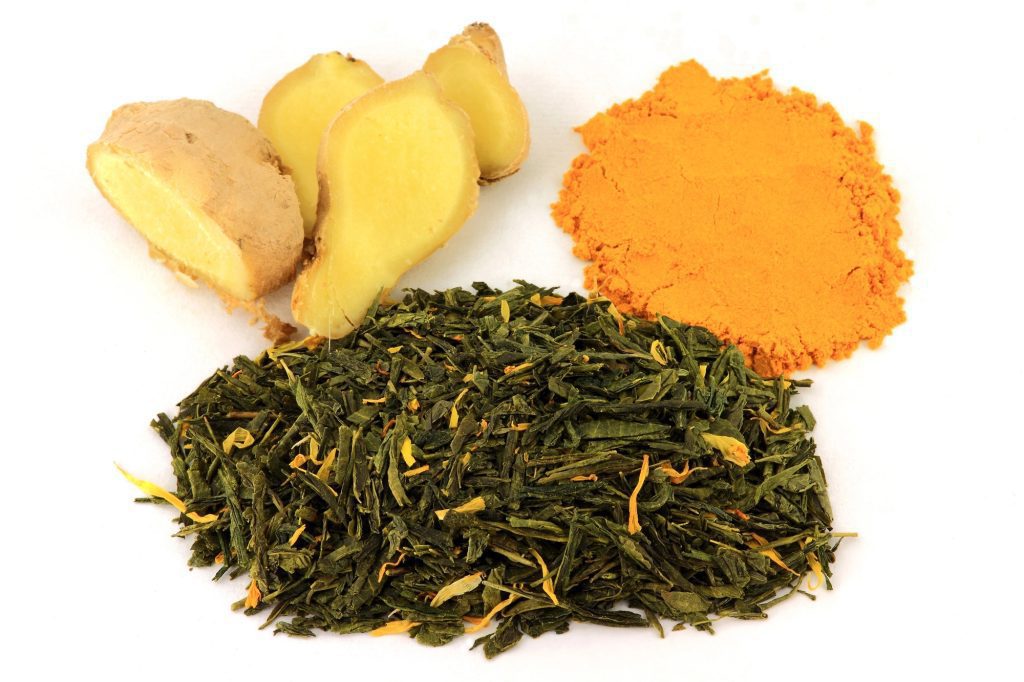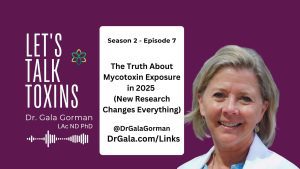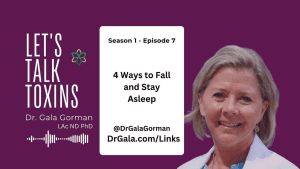Before taking that pain reliever, it’s crucial to comprehend their functions and potential side effects. Some, like NSAIDs, halt enzymes to soothe pain and inflammation, but can damage organs like the stomach or kidneys.
Alternatives like acetaminophen concentrate on central nervous system discomfort. We’ll also look into natural and herbal solutions, or dietary changes that are less risky ways to alleviate pain.
In my book, “What’s Your Kryptonite?“, I encourage readers like you to become their own PCP … Primary Care Person. I want to help you do that.
There’s much more to understand, so why not begin investigating now?
Dr. Gala’s Quick Take
Before using pain relievers, explore how they work and their potential side effects on your overall health. Consider safer, natural methods like herbs or dietary changes. Remember, medications like pain relievers should only be a last resort option. Use them only after you’ve exhausted safer approaches.
How Pain Relievers Work In The Human Body

You might be curious about how pain relievers actually do their job in your body when you consume them to soothe a headache, a fever, or inflammation. Let’s unravel this mystery together.
Pain relievers like NSAIDs, such as ibuprofen and naproxen, dull pain by blocking enzymes known as COX-1 and COX-2. Picture these enzymes as tiny factories creating pain, fever, and inflammation. By shutting them down, NSAIDs effectively reduce these unwelcome symptoms.
Then there’s acetaminophen, a slightly different player in the pain relief game. Rather than targeting inflammation, it concentrates on managing pain and fever. It accomplishes this by acting on your central nervous system, interfering with nerve signaling.
It’s important to understand that these different ways of working mean that different pain relievers have varied effects. NSAIDs are your first choice for anti-inflammatory action, while acetaminophen is excellent for general pain relief. Understanding how these drugs work empowers you to make knowledgeable choices when it comes to easing your discomfort.
By grasping the mechanics behind pain relief, you can select the most effective strategy to tackle your pain directly. And, remember, turning to a pain reliever to suppress a symptom should be a ‘Last Resort’ option after you’ve gathered all the information the symptom provides about your health.
Best Food And Natural Sources Of Pain Relievers

You may be pleasantly surprised to discover that relief from pain can be found in your kitchen, not just your medicine cabinet.
Foods like turmeric, ginger, salmon, cherries, and green tea can naturally decrease inflammation and soothe discomfort.
Let’s take a look at these and other foods that can help control your pain, offering you a gentler and more holistic approach to relief.
Understanding Natural Pain Relievers
Many foods and spices famous for their anti-inflammatory and pain-relieving properties may be hiding in plain sight … in your pantry!
For example, turmeric, packed with curcumin, can assist in decreasing pain and inflammation. Ginger is another strong friend, known for easing muscle pain and discomfort. Cherries, abundant in antioxidants and anthocyanins, can also fight inflammation and pain.
Salmon, an excellent source of omega-3 fatty acids, may help to soothe joint pain. And let’s not overlook green tea, a natural pain reliever that can potentially calm discomfort thanks to its compounds like catechins and polyphenols.
Harness the strength of these foods, and you may discover they offer an effective, natural strategy for pain management.
Benefits of Food-based Analgesics
Exploring the potential of food-based analgesics can unlock a realm of natural, highly effective pain relief with far less risk and fewer side effects.
Ginger, turmeric, and cherries, loaded with anti-inflammatory properties, are an excellent place to start. Omega-3 fatty acids, abundant in fatty fish, also provide anti-inflammatory benefits.
Spices like cloves, cinnamon, and garlic aren’t just for adding an extra kick to your food, they’re also traditional pain soothers. And who can resist a piece of dark chocolate? It’s not just a tempting treat, but a source of antioxidants and flavonoids that can help soothe pain.
Herbs for Pain Management

Herbs offer a fresh approach to managing pain naturally and effectively. Time-honored medicine has employed herbal solutions such as willow bark, one of the earliest recognized pain soothers, and anti-inflammatory giants like turmeric and ginger.
You can tap into these for your pain relief. Discover the strength of devil’s claw, used in Africa for arthritis and back pain, or uncover the advantages of Boswellia, renowned for easing joint pain. These remedies aren’t just age-old tales … they’re supported by science and can help manage muscle pain and inflammation.
Investigate these alternatives to lead a life less weighed down by pain. The power of nature is at your fingertips.
Dietary Changes for Relief
Making some changes to your diet can enable you to discover natural pain relief with every meal. Certain foods provide significant advantages.
Turmeric, celebrated for its anti-inflammatory properties, and ginger, a strong pain alleviator, can be effortlessly incorporated into your meals.
Fatty fish, like salmon, are abundant in omega-3 fatty acids, a powerful friend against inflammation and joint pain.
Don’t forget about cherries and berries. These sweet delights are loaded with antioxidants, helping in pain relief. They make a great dessert.
Finally, enjoying green tea, rich in anti-inflammatory polyphenols, can be a comforting part of your pain management routine.
With these changes, you’re not just eating – you’re tapping into the power of nature for your well-being.
Safety of Natural Remedies
When you’re looking into natural ways to manage your pain, safety and effectiveness should be your top concerns.
Turmeric, a potent anti-inflammatory, can strongly fight against pain and inflammation, especially with conditions like arthritis.
Ginger, with its pain-relieving properties, is a game-changer in managing muscle pain and soreness.
Omega-3 fatty acids, found in fish oil, can significantly reduce inflammation, putting a stop to joint pain.
Capsaicin, derived from chili peppers, brings relief by numbing nerve receptors when applied topically.
And let’s not forget magnesium, found in nuts and seeds, which relaxes muscles.
Natural remedies are the best approach to control your pain.
Signs That Pain Relievers Are Causing Damage
If you’re experiencing chronic pain, it’s important to find ways to manage it while being mindful of the body’s responses to long-term medication use.
Learn to recognize the signs that chronic use of pain relievers might be causing harm. Common red flags include gastrointestinal issues like chronic stomach pain, ulcers, or heartburn, which can indicate damage to your stomach lining.
Other signs are changes in liver function, which might manifest as fatigue, yellowing of the skin or eyes, and unusually dark urine. Kidney health is another concern, with symptoms like swelling in your feet and ankles, changes in urine output, or persistent itching.
If you notice any of these symptoms, it’s crucial to consult with a healthcare professional to reevaluate your pain management strategy. Remember, your long-term health is just as important as immediate pain relief.
Benefits Of Using Pain Relievers

When exploring effective pain management, it’s crucial to comprehend the advantages of using over-the-counter pain relievers such as acetaminophen and NSAIDs. These medications offer a robust tool in your battle against discomfort, giving you control over your body’s reactions.
- Acetaminophen and NSAIDs are well-known for their effectiveness in soothing multiple types of pain, including fever, headaches, muscle aches, and arthritis pain.
- NSAIDs function by blocking COX enzymes, reducing both pain and inflammation, thus providing a two-fold benefit.
- Employing the smallest effective dose reduces the risk of side effects, giving you governance over your health.
- Pairing acetaminophen and NSAIDs can provide stronger pain relief for certain conditions, boosting your ability to manage pain that has become chronic.
The potential of these pain relievers as a feasible alternative to opioids may reduce your overall risk. Using these medications thoughtfully while understanding their abilities and boundaries, gives you the ability to manage your pain effectively. These pain relievers can be invaluable allies.
Cautions If You’re Considering Using Pain Relievers Regularly

It bears repeating … when using pain relievers, it’s crucial to proceed with care, as these medications come with possible hazards. NSAIDs, for example, can result in issues such as gastrointestinal bleeding, kidney damage, and even cardiovascular risks with prolonged high-dose use.
If you’re over 65 or have a history of ulcers or cardiovascular disease, you’re at a greater risk of developing these problems. That’s why it’s vital to adhere to dosage instructions and watch for adverse effects. Signs like black stool or vomiting blood could signal gastrointestinal bleeding.
Interactions with other medications can increase these risks, so always keep your doctor in the loop if you’re currently using other medication. This is your health, your power, and being aware of the risks equips you to make informed decisions.
Final Thoughts
In light of these potential challenges, it’s up to you to understand your options and make educated choices about pain relief. Your health is your superpower; handle it with care. Be mindful of the risks and side effects of medications, particularly pain relievers.
Remember these crucial points:
- Always adhere to the suggested dosage instructions for pain relievers.
- Be watchful for any side effects or negative responses.
- Don’t hesitate to talk about alternative methods of pain control with your healthcare provider.
- Regularly touch base with your healthcare provider to track your progress and tweak your pain management plan if required.
Be proactive, be educated, and most importantly, be empowered. In other words, be YOUR Primary Care Person. Your health and happiness are worth it.
Conclusion
Before you think about grabbing that bottle of pain relievers, keep in mind, your body’s health is of utmost importance. Consider natural sources initially and stay vigilant for signs that the medication is causing internal damage.
Proceed with caution and care. At the end of the day, make knowledgeable, aware decisions for your health.
“If you came into my office, I’d ask you a lot of questions that would help us connect the dots … so that together we can deal with your toxic stress.
Every situation is unique and you need a plan that works for you. Not a one-size-fits-all solution.
If you’re thinking you can’t come into my office, don’t worry. I’ve created a program with all of my initial recommendations to help you unravel the mystery. You can use it at home and at your convenience.
So if you’re thinking that managing chronic stress just isn’t possible … or even the answer … for you, I want to show you what you may be missing.
And how you can identify the toxic stressors that are creating your symptoms with my Human Energy System Reboot. You can get started HERE.” – Dr. Gala













